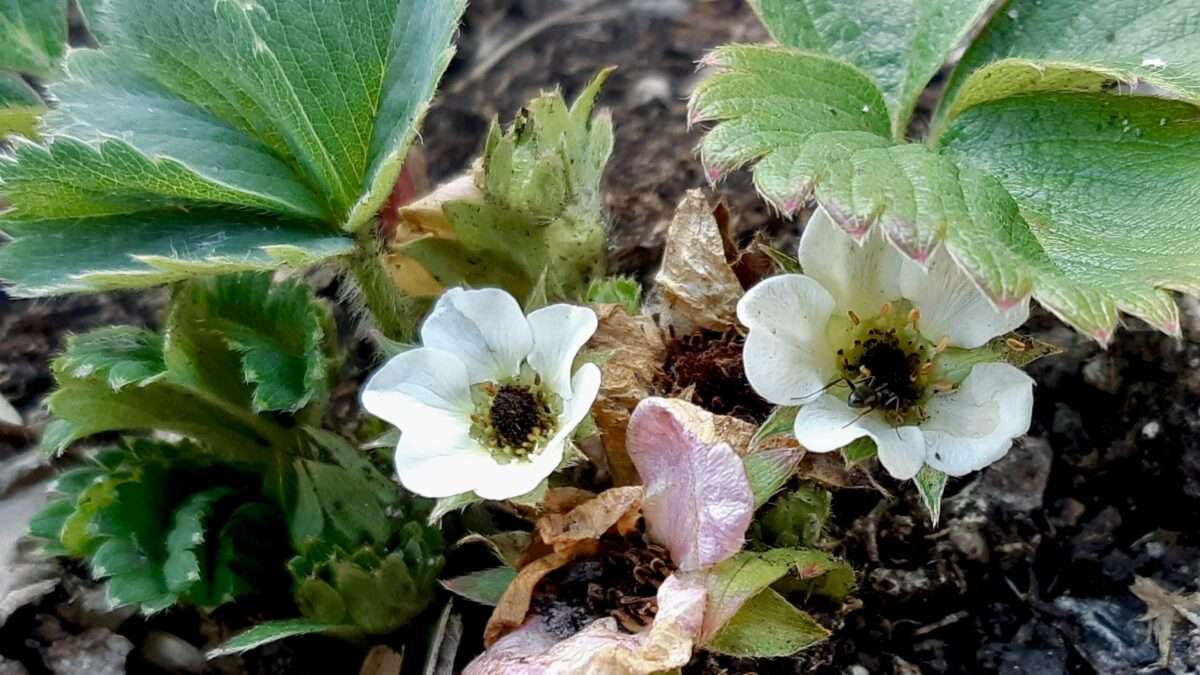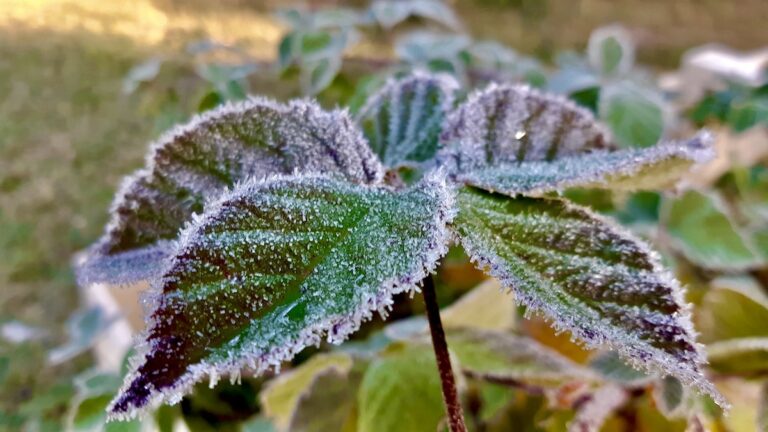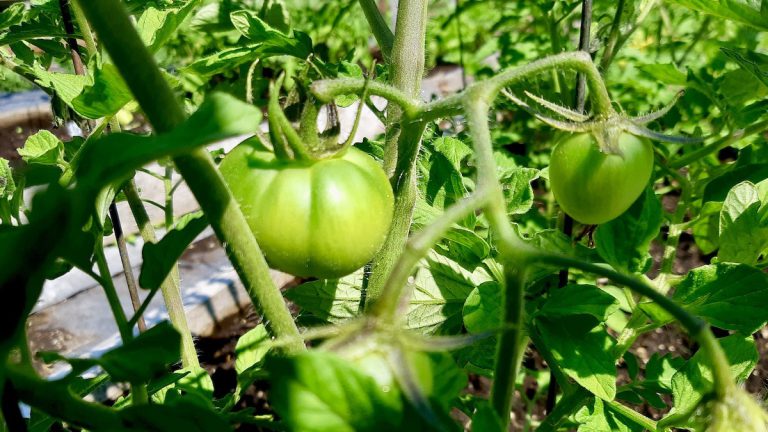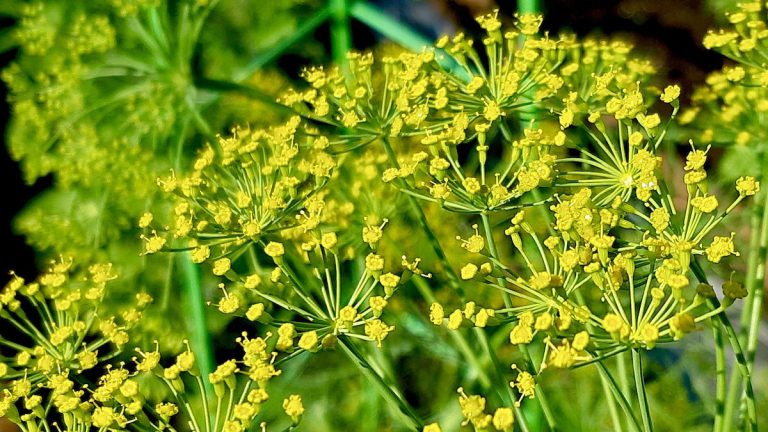
Tiny blossoms and essential visitors! Our strawberry plants in the grow boxes are blooming, and we're keeping an eye out for all the beneficial insects that help turn these flowers into delicious berries. Every bloom brings us closer to a sweet harvest!

Tips and Tricks from our Northern Ontario Food Production Project
Everbearing strawberries are a reliable, rewarding choice for gardeners who want multiple harvests throughout the growing season. Unlike June-bearing varieties that offer one big flush, everbearers can provide two to three smaller but steady harvests—typically in early summer, late summer, and sometimes again in early fall.
Once white flowers appear, fruit typically ripens within 4 to 6 weeks. To keep your plants productive and healthy, consistent care is key. Here’s how to maximize your strawberry yield all season long.
1. Feed Regularly
Apply a balanced fertilizer—such as 10-10-10 or a product made for berries—every 3 to 4 weeks. This supports steady fruit production. Avoid over-fertilizing with nitrogen, which encourages leafy growth at the expense of berries.
2. Water Consistently
Strawberries need about 1 to 1.5 inches of water per week, more during hot or dry periods. Use drip irrigation or water at the base to keep leaves dry and reduce disease risk.
3. Use Mulch to Your Advantage
Mulch with straw, pine needles, or shredded leaves to retain moisture, suppress weeds, protect roots from heat, and keep berries clean. This also reduces the risk of rot and soil-borne diseases.
4. Pinch Early Flowers on New Plants
If you’ve just planted your strawberries, pinch off the first round of flowers in spring. This lets the plant focus on root and leaf development, leading to better production later in the season.
5. Remove Runners if You Want Fruit, Not Plants
Everbearers will send out runners (baby plants) throughout the summer. If your goal is fruit production rather than propagation, remove runners so energy stays focused on producing berries.
6. Harvest and Deadhead Promptly
Pick ripe berries daily. The more you harvest, the more your plant is encouraged to produce. Remove spent flowers and any overripe or rotting fruit to maintain plant health and reduce pest risk.
7. Maintain a Clean, Open Bed
Clear out yellowing leaves and spent foliage to improve air circulation and prevent mold or mildew. This helps plants stay healthy and focused on producing new blooms.
8. Manage Heat Stress in Midsummer
In hot climates, everbearers may slow down. Keep roots cool with mulch and consider providing light afternoon shade during peak heat to keep production going.
Final Thoughts
With the right balance of nutrients, water, and maintenance, everbearing strawberries can yield fruit for months. These plants thrive on consistency and care. Stay on top of your routine, and you’ll enjoy fresh berries well into the fall.
About our Program
As our community garden project blossoms, these thriving grow boxes stand as a testament to sustainable agricultureand enhanced food security. By expanding our raised garden beds and focusing on diverse berry farming like strawberries and raspberries, we are actively cultivating a resilient local food system. Witnessing the pollination of our strawberry blooms signals an abundant harvest that directly benefits our neighbourhood. Join us in supporting this regenerative agriculture journey towards a more food-secure and connected community, enjoying delicious locally grown produce straight from our beds!







